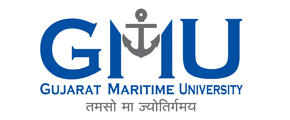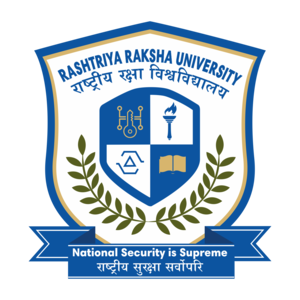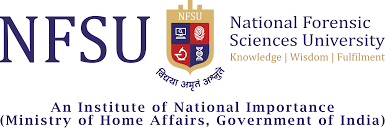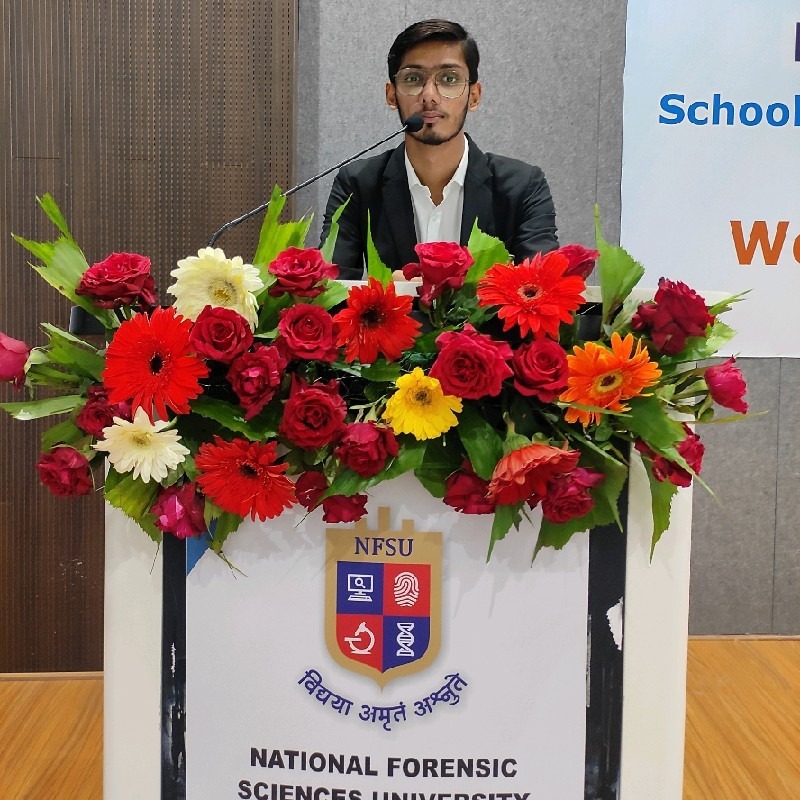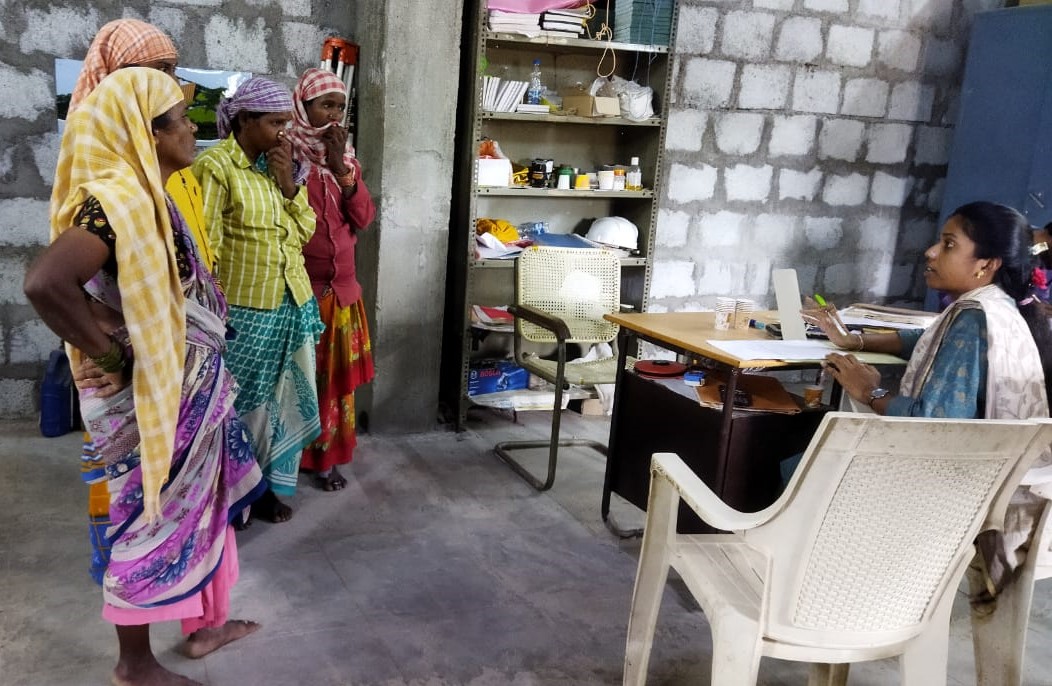The Case That Shook India - The Verdict That Led to Emergency by Prashant Bhushan (Book Review)
- Simran Goel
- August 2, 2020
Content :
This book is a very famous book that was written by Prashant Bhushan is an eminent public interest lawyer in the Supreme Court of India, most known for cases such as 2G and Coal Scam. He is also great activist and a founder member of Swaraj Abhiyan- a campaign organization that focuses on various issues such as the environment, human rights, corruption and good governance. He was a prominent member of the group India Against Corruption (IAC) and worked alongside Anna Hazare for the implementation of the Jan Lokpal Bill (Citizen\'s Anti-corruption Ombudsman Bill). H e is a not a very shy person and is brave enough to get involve in political activism particulary when fighting against the corruption. This is one the trait, he shares from his father Shanti Bhushan . Indira Gandhi was a mother goddess. The book shows how the Shanti Bhushan’s wisely and cross examination question tricked and opened the truth of the mother goddess Mrs Indira Gandhi. Its fantastic to know that hoe few men keeping their dignity on the courtroom and making things ugly win the case when their aspect of wining was very low.. After all, they were against the Mrs Indira Gandhi.
This is the book which has a story that tells that some people decided to not just accept this state of affairs. It is a story about how the Constitution of India was used to hold not just some politician to account, but the Prime Minister herself. It is a story filled with intrigue, plot twists, and courtroom drama. And most remarkably, it is not a story at all, but an account of the real events that led to the Emergency in India. This is a book that shows that how political parties uses loopholes in legal system to come out clean. On 12 June 1975, for the first time in India s history, the election of a prime minister was declared null and void by a high court judgment. While the watershed case, Indira Gandhi vs Raj Narain, proved the strength of India s democratic institutions, it also acted as the catalyst for the imposition of the Emergency. Based on detailed notes of the court proceedings by the author, The Case That Shook India is both a legal and a historical document of a case that shaped India’s both political and constitutional way . Providing a blow-by-blow account, the author, advocate Prashant Bhushan, vividly recreates courtroom scenes, where the arguments are by turns scathing, colourful and downright shocking. As the case unfolds, we see how the ruling government can misuse legislative power, government resources and political funding. The book also includes the Supreme Court proceedings, which went unreported in the media due to censorship and throw light on the constitutional amendments that were enacted. In Bhushan s forceful and gripping narrative, the experience is of having a frontrow seat to watch one of the most important cases in India s legal history play out before one s eyes.
In the aftermath of the 1971 Lok Sabha elections, Indira Gandhi’s defeated opponent in Rae Bareli, Raj Narain, tried to get her election disqualified for commission of corrupt practices.
The first half of this book, focusing on Indira Gandhi\'s trial in the Allahabad High Court, is a terrific courtroom drama. This is a book which tells the authors about real life incident which took place in 1900s and turned the law upside down .This book basically deals with the very famous case of Indira Gandhi vs Raj Narain . So , this story starts with a small election where Mrs. Indira Gandhi was a candidate in the general election held in Rae Bareli a small state in Uttar Pradesh and Raj Narain was the main opposition candidate against Mrs. Indira Gandhi . In the election held on the 7th of March, 1972, Mrs. Gandhi won by a huge margin. Raj Narain, aggrieved of the election result, filed an election petition on the 24th of April, 1972, before the Allahabad High Court against Mrs. Gandhi, who had by then been elected as the Prime Minister of India.
He had a believe that Indira Gandhi won the election by complete fraud as she did some machinery fraud and won the election and so raj narain filed a case against her and for the very first time a election was stopped and brought against the court for doing some unfair means . The Allahabad High Court found that the Prime Minister had committed such practices and disqualified her.
This happened for the first time that election corruption leading to the Allahabad high court declaration of the election of PM Indira Gandhi null and void. This led to her declaring emergency and jailing all opposition. As this was a veryhigh profile case there was complete press censorship and all the arguments and discussions were not enclosed before the public.
Prashant Bhushan’s father Shanti Bhushan was handling the case for Raj Narain and this book gives us the impact that someone is really watching the case proceeding as bit by bit what held in the court has been described in this book and it happened because the author was itself present in each and every proceeding and carefully copied what was said by the judge and what allegation was involved and what facts was given and how the court proceeding went . In this case there was no media involved as there was complete press censorship and media was not playing any role people was unaware of the what actually was happening in the court. Therefore, the court held that Indira Gandhi cannot continue as the Prime Minister of the nation, further, she cannot stand in an election for another six years. Anguished by this decision Indira Gandhi went to appeal this ruling of Allahabad High court in Supreme Court. However, SC being in vacation at that point of time granted a conditional stay on execution on 24 June 1975.
Thereafter, a state emergency was declared by the President stating that there was some internal disturbance but the real reason that led to the emergency was the High court judgment in Raj Narain v. Uttar Pradesh which was very much visible by the sudden emergency declared by the president.
The Supreme Court while granting restrictive stay ordered the parties to appear before it on 11 August 1975 however on 10 August 1975 the President of emergency – stricken India passed 39th Constitutional (Amendment) Act, 1971 by inserting Article 329-A to altogether bar the jurisdiction of Supreme Court from entertaining the matter. This amendment made the elections of President, Prime Minister, Vice-President and the Speaker of Lok Sabha unpardonable in the courts of law.
This case endorses the Rule of Law and Separation of Power. The court made it clear that validation/invalidation of an election is purely a question of judicial nature and it is not on the hands of the legislature. Since, like a judicial body legislature cannot find arbitrative facts therefore, this shift of judicial function cannot be termed as constitutional.
Actually, in the pith of the substance the amendment was aimed at reversing the High Court’s decision which invalidated the election of Indira Gandhi from Rae Bareilly Constituency. This was really a fearful act to use an important provision like Constitutional Amendment to satisfy their political agendas. The Prime Minister of the nation after finding herself guilty of such violation of Election laws could have resigned with the left dignity instead she imposed emergency with the help of the president to save herself and over that passed a brutal law as 39th Constitutional (Amendment) Act, 1975. However, the Judiciary came to the rescue and upheld the sanctitude of Constitution as well as Democracy. The court unanimously held the 39th Constitutional Amendment violative of the Basic Structure and struck it down for the welfare of the law and stated that till now rule of law exist.
The importance and the after effects of the judgments can be well and clearly understood from the quick passage of 42nd Amendment Act, 1976 which made the change of Amendments in the court of law impossible (however this amendment was struck down in Minerva Mills). The parliament in its desperation and fury on the judiciary passed a law by the virtue of which the courts lost the power to question any amendment of the constitution. This judgment of the Supreme Court was primary in which the basic doctrine of structure was applied to save the constitution from malicious attacks. The five judges bench was placed to make the decision which stated that constitution powers are given to the legislative members not for their personal use and the for welfare of people .This judgment gave a place to rule of law which states that the person is not above law and the law prevails over all. The apex court proved that law is supreme and it cannot be brought down even by the elected ones. While many lawyers are familiar with the decision of the Supreme Court which eventually went in Mrs Gandhi’s favour, his description of the High Court case that kicked the beehive in the first place will be illuminating even for them, and demonstrates how the smallest miscalculations can have big repercussions.
Bhushan is also aware that this book needs to be read by people without a legal background, and he takes great pains to make the extremely technical Constitutional and election law arguments easy to understand. He uses headings and sub-headings to break down the long arguments and interjects his descriptions of proceedings with helpful asides that explain things for the reader. Interestingly, at the time he wrote the book, Bhushan had not yet studied law, and perhaps this helped him make it more accessible to non-lawyers.
This book is very interesting book as it shows the courtroom drama of the supreme court and high court and shows that how can some type of pressure actually change the court’s decision and the first half of the book shows the high court drama and its consequences . And the second half deals with the emergency and the Supreme Court drama. In the starting the author also explained that due to this there was a separate party formed named Bhartiya Janta Party (BJP) from Janta party and how due to this Bjp started wining the election and there was a fall of congress party and how this case became the judgement case for many upcoming case. However, as the book goes on, one realises that Bhushan does have limited turns of phrase, and what initially seemed crisp descriptiveness becomes slightly repetitive. The subject of the book is of extreme relevance even today. Recent changes to the law have in fact made corrupt practices in politics easier, allowing anonymous donations to political parties through electoral bonds and removing the limit on donations to political parties by corporations. For those trying to fight such things, this book is a timely reminder that it is possible to stand up to the mighty, and of how doing so forces even the most powerful person in the country to resort to desperate measures.
The book is overall captivating : the achievement of the judiciary (in the HC judgement) and the subsequent abuse of power is stark. The way the same incident/factoid is used by both the prosecution and defense to support their respective stand is fascinating, to say the least. The way the counsel for either side argued over the separation of powers between the arms of the Government i.e., the legislature and the judiciary, as well as the constituent power is fascinating. The arguments, counter-arguments, rebuttals read like a thriller. It is indeed a must read for every student, as well as anyone interested in modern Indian history. A word of warning though: the book, particularly the second half, is liberally littered with legalese and legal references; references to articles of the Constitution, sections and clauses of various statute, references to past judgements .
